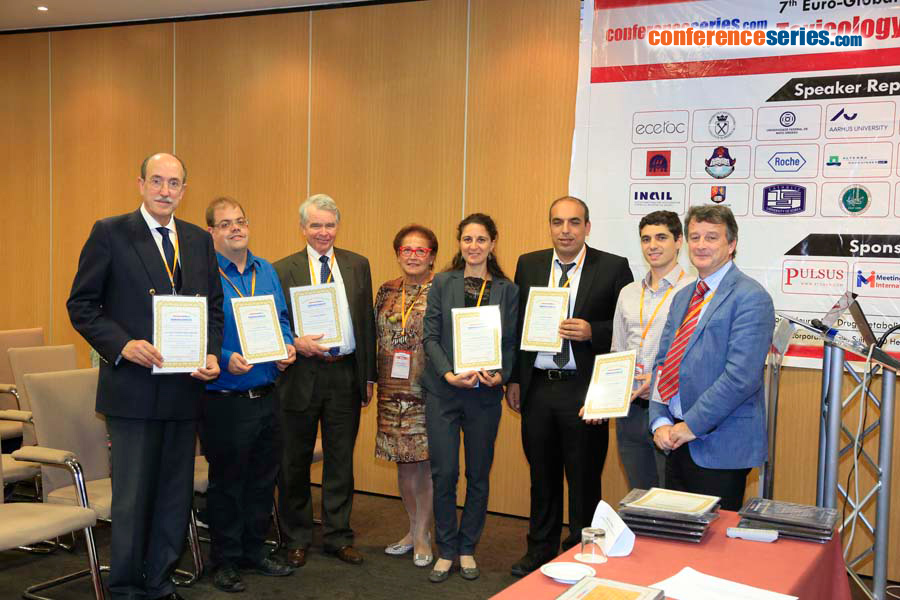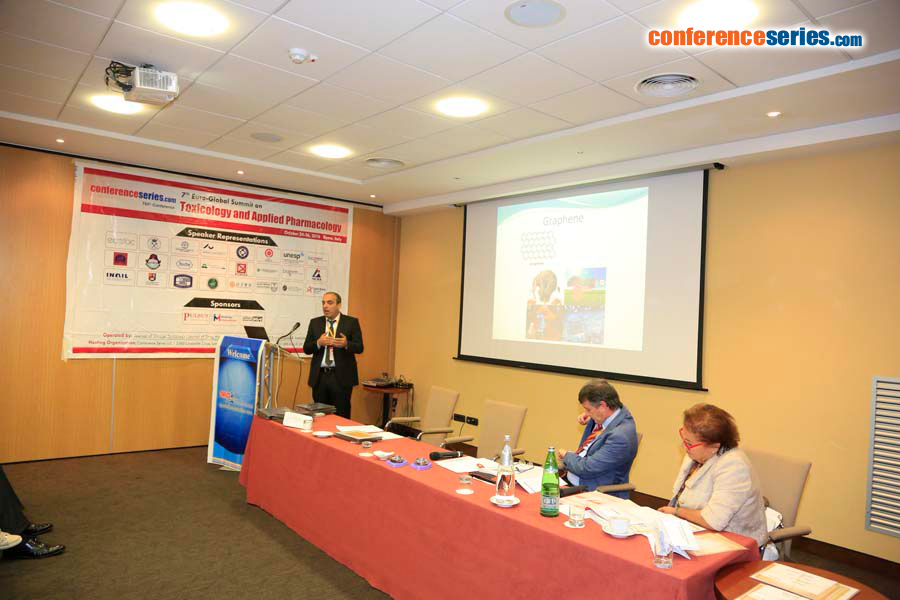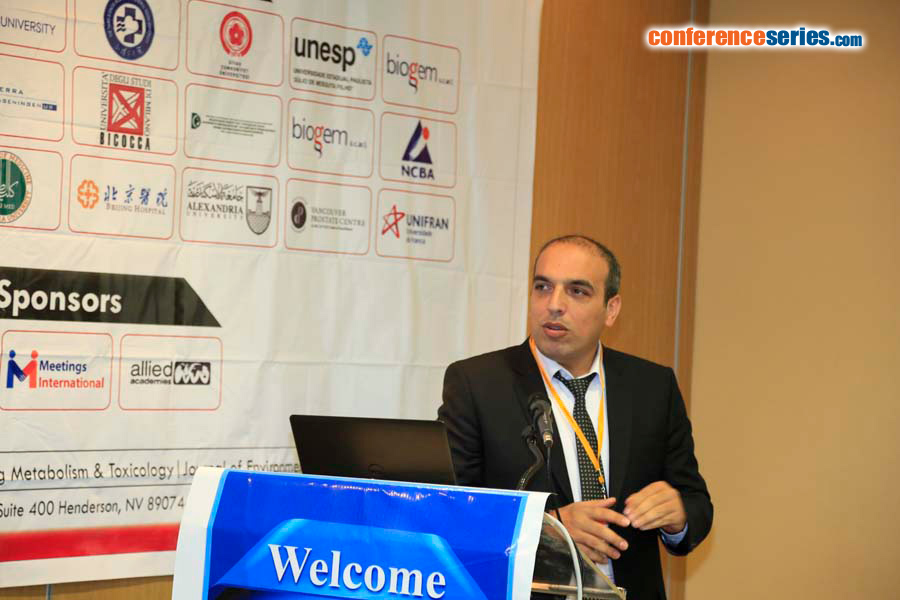Yazan Akkam
Yarmouk university, Jordan
Title: Oxidized graphene exhibits toxicity toward single-celled eukaryotes
Biography
Biography: Yazan Akkam
Abstract
Graphene possesses physical characteristics ideal for next-generation electronic and photonic devices and is being explored for medical applications in drug delivery, photo-thermal therapy, and bionic devices. Oxidation and functionalization of graphene changes its dispersion in aqueous medium and provide methods to tailor its functional properties. The aim of our study is to evaluate the safety of commercial graphene (CG) and functionalized graphene (FG) by taking advantage of 2 genetically tractable eukaryotic models: Saccharomyces cerevisiae and Candida albicans. Th e CG and FG samples were characterized by X-ray photoelectron spectroscopy, scanning electron microscopy and atomic force microscopy. Further, the toxicity of CG and FG were tested using various assays, including cell growth and cell viability. Cell growth was measured via microdilution assay, spot plating and measurement of optical density. Cell viability was investigated using various metabolic
assays, propidium iodide staining and growth curves. X-ray photoelectron spectroscopy confi rmed the oxidation of CG to FG, and determined the percentage of oxidation. Atomic force microscopy was used to determine the average size of the graphene particles, while scanning electron microscopy provided a view of particle morphology. All cell growth assays demonstrated
that FG, but not CG, interfered with the growth of both yeast species in a dose-dependent manner. Furthermore, our data suggests that exposure of cells to FG, but not CG, is toxic and leads to loss of cell viability. Our next goal is to understand how cell exposure to FG may infl uences genome-wide gene expression, thereby revealing cellular activities sensitive to FG exposure.






